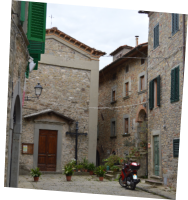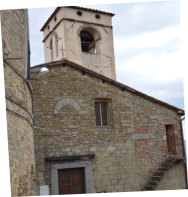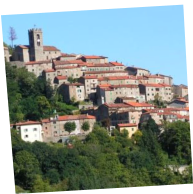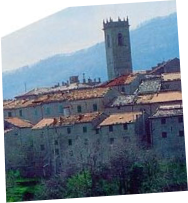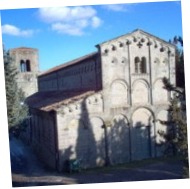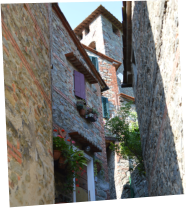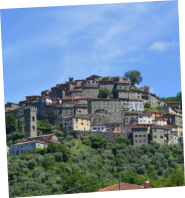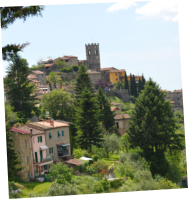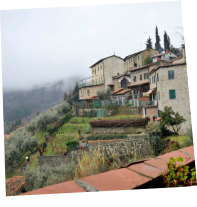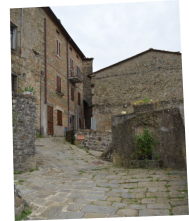



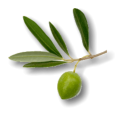
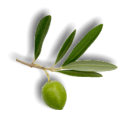
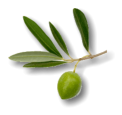



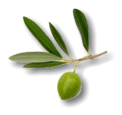


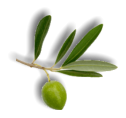

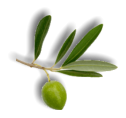























Just north of Pescia in the foothills of the Tuscan appenines is the valley known as
Valleriana, one of the most beautiful areas of the Valdinievole. The valley
adopted the name ‘Svizzera Pesciatina’, or ‘Swiss Pescia’, in the late 18th
century, thanks to the historian and naturalist G. Sismondi who had
been exiled to the area, and who said it reminded him of his home in
Switzerland.
The valley offers beautiful mountain and river valley scenery,
along with a collection of medieval villages unspoilt by
commerce or tourism, and a trail of old paper mills which
have played an important role in the area’s economy
since the late fifteenth century.
The ‘dieci castella’ (10 castles) refers to 10 small
mountain villages dotted around the ridges of the
valley, all of which are former fortified villages and
in years gone by were fiercly fought over by the
cities of Florence, Lucca and Pisa.
Pietrabuona is the first and southern most of the
dieci castelli, as well as our nearest village - our
house overlooks its northern edge. Today, the
remains of Pietrabuona’s 12th century church
lie next to its contemporary church which
houses two valuable wooden sculptures
representing S. Matteo and S. Colombano,
attributed to the Tuscan School of the early
15th century. Pietrabuona is also home to
the Museum of Paper, which covers the
history of paper-making in the area, dating
back to the 1300s.
Medicina is quite a climb, but affords
amazing views. It has a 15th century church
with a bell tower that was used as a watch
tower in years gone by during the fighting that
went on in the valley.
Fibbialla, the next village along, also affords great
views. It is at a similar altitude to Medicina (indeed, you can see
across from one to the other). The church has some interesting 17th and 18th century paintings and a 15th
century sculpture depicting the Virgin of the Annunciation.
Aramo is only 1km from the main valley road, so easily reached. There are more great views from this
tiny hill top village in its more central location. Aramo suffered badly from looting in past centuries, but
still retains its charm, with the church at the centre and highest point of the village.
San Quirico is one of the prettiest of the dieci castelli: it sits on the eastern slope of Mount Battifolle and
offers stunning views right the way back down the valley to Pescia and the plains beyond. The main
square is at the highest point of the village and is home to a large stone fountain. The village is also home
to the Museum of Rural Life.
Next is Castelvecchio. This medieval town still retains its charm and original layout of narrow streets and
archways. Its church, the Oratory of SS. Rosario, is entirely painted with scenes of the Virgin and Christ
from the 16th and 17th centuries. There is also a beautiful Romanesque church near to the village which is
worth a visit.
Stiappa, nestled on the slopes of Mount Battifolle at an altitude of 627 metres, has for centuries marked
the border between the Grand Duchy of Tuscany and the Duchy of Lucca - and has been the scene of
fighting between the two over the years. From the village you can go down to a mill named Fontanone to
locate a walk called the "Way of the mills".
Next is Pontito, the highest of the dieci castelli at 749 metres above sea level. This is also the location of
the source of the River Pescia. The fortified structure of the village remains intact, with the church of SS.
Andrea and Lucia (Romanesque in origin) sitting at the top of the village and the streets laid out in a
pyramid formation below. The village has been owned by the city of Lucca since the 9th Century.
Sorana, an old village nestled on the slopes of Mount Petritulo, takes its name from a fortress, only the
ruins of which remain today, and which was once called "sovereign" for its location overlooking the
valley. It has a small square where there is a church dedicated to St. Peter and St. Paul. The village is most
well known for its production of the Sorana bean - a bean of delicate flavour and pale yellow skin. There
are two very good restaurants near Sorana: Da Sandrino and Da Carla (which also has a small fishing
lake).
Returning back to the main road at the bottom of the valley you will notice several paper mills, some of
which are still active today. The most famous mill is that of Magnani, a very old mill that until very
recently made the absolute highest standard of paper that was sold to and used by the most esteemed of
Italian brands.
Last but not least is Vellano, which enjoys a scenic location in the valley of the river Pescia, perched
majestically on a mountain ridge. The parish church of SS. Sisto and Martino was once attached to an
ancient Benedictine abbey. Vellano is home to the only remaining quarry of pietra serena (Tuscan
sandstone) operating in the province of Pistoia - and the village’s Museum of the History and
Ethnography of Miners and Quarrymen is worth a visit.
The real beauty of these villages is not only the views they afford you but how quiet they are and
medieval in feel, it really takes only a tiny leap in imagination to feel like you’re wandering around in
medieval times.
We hope you enjoy exploring this beautifully quiet valley of ours as much as we do.

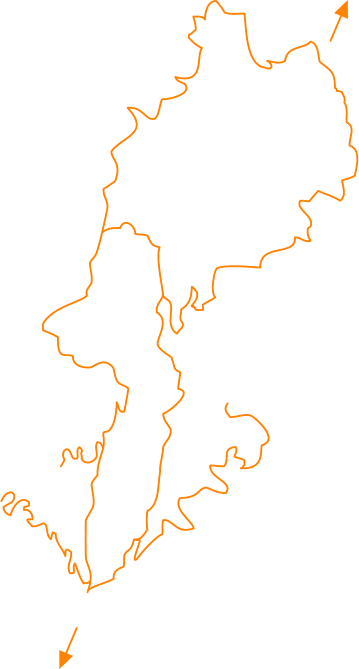










We are here

ABETONE
PESCIA









